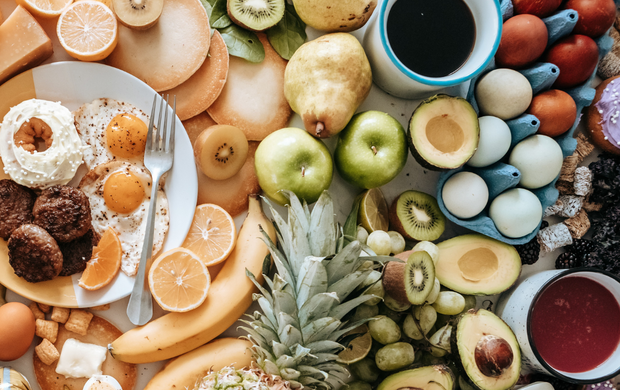Inflation has been discussed at length in recent months, with this describing a general increase in the cost of goods (including food and energy) within the economy.
Currently, inflation has reached 10.1%, which is already five times the Bank of England’s (BoE’s) 2% target. What’s more, it’s expected to hit 13% in October and 18.6% in January, in line with further proposed increases to the energy price cap in the UK.
But what has caused this rise in inflation, and what are the long-term consequences of this? Let’s find out!
What Has Caused the Increase in Inflation?
Inflation in the UK has been largely driven by the ongoing conflict in Ukraine, which has impacted the global supply of oil and fuel while demand has continued to soar.
As a result, the cost of oil has risen markedly since the beginning of the year, increasing the cost of energy and food transportation in the process. Certainly, the wholesale prices of gas have risen sharply since Q2, with energy suppliers leveraging the price cap to pass these directly to customers.
Of course, inflation is also rising in the wake of Brexit and the coronavirus pandemic, which combined to cause continued supply chain issues globally.
The Covid-19 pandemic sent food prices rising by 3.3% through 2020, with this largely driven by a whopping 4.4% increase in fish, poultry, eggs and meat. With climate change also affecting the supply and cost of food on a large scale, it’s easy to see why inflation is rising at such a marked rate globally.
What Are the Consequences?
While inflation in the UK is now above the 10% mark, the cost of food and drink alone has risen by around 7% year-on-year.
What’s more, some individual food categories saw their cost rise above 10%, with the impact of this compounded by the fact that such increases aren’t happening in isolation.
The continued rise in energy prices and fuel is worsening the economic conditions facing households, while the situation is likely to be exacerbated further before it improves. This is creating a scenario where wages are failing to keep pace with inflation, with real wages having depreciated by 3% this year when adjusted for inflation.
This means that households’ purchasing power is continuing to fall as their finances are squeezed, meaning that people have less disposable income and even money to pay their monthly bills.
Can You Invest in the Food Industry?
From an investor’s perspective, the situation is slightly less depressing, especially with energy and food suppliers benefitting from increased prices (especially in the near term).
While we’d caution against investing in individual food suppliers, there’s considerable value to be had by investing in broader funds and speculative vehicles like CFDs.
For example, the £42 million Barings fund features holdings in food and drink companies with long-term potential, including Tyson Foods and fertiliser specialist Nutrien.
Then there’s the Sarasin fund, which follows contemporary themes such as dietary change and veganism to offer a broad and innovative range of assets to investors.
This type of fund offers instant diversification and enables you to profit from food price growth both in the short, medium, and longer term.








